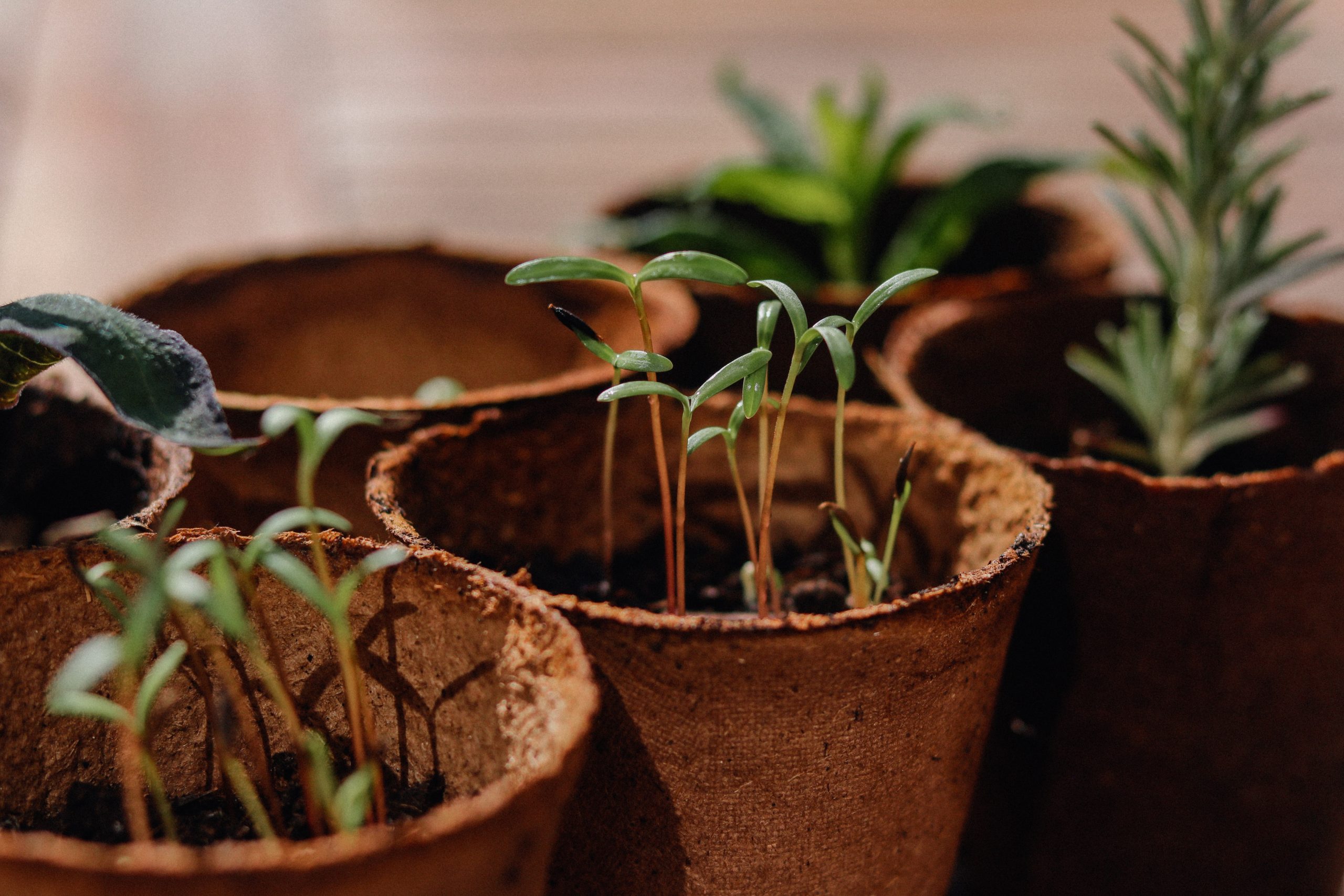A sustainable landscape is one that is designed and maintained to minimize negative impacts on the environment while providing a beautiful and functional outdoor space. One of the key components of a sustainable landscape is the selection and maintenance of plants. In this article, we will explore some plant selection and maintenance techniques that can help you create a sustainable landscape.
Choosing the Right Plants
The first step in creating a sustainable landscape is to choose the right plants. This means selecting plants that are well-suited to your climate, soil type, and other environmental conditions. Native plants are often a good choice because they are adapted to the local climate and require less water and maintenance than non-native plants.
When selecting plants, it is also important to consider their water needs. Choosing drought-tolerant plants can help reduce water usage and save money on irrigation. Additionally, selecting plants that are resistant to pests and diseases can help reduce the need for pesticides and other chemicals.
Maintaining Your Plants
Once you have selected the right plants for your sustainable landscape, it is important to maintain them properly. This includes regular watering, fertilization, pruning, and pest control.
Watering: Watering your plants properly is essential for their health and survival. Overwatering can lead to root rot and other problems, while underwatering can cause plants to wilt and die. The key is to water your plants deeply and infrequently, allowing the soil to dry out slightly between waterings.
Fertilization: Fertilizing your plants can help promote healthy growth and flowering. However, it is important to use fertilizers that are low in nitrogen and other nutrients that can contribute to water pollution. Organic fertilizers, such as compost and manure, are a good choice because they release nutrients slowly and improve soil health.
Pruning: Pruning your plants can help maintain their shape and promote healthy growth. It is important to prune at the right time and in the right way to avoid damaging the plant. For example, pruning in the fall can stimulate new growth that is vulnerable to frost damage.
Pest Control: Pest control is an important part of plant maintenance, but it is important to use methods that are safe for the environment. Integrated pest management (IPM) is a holistic approach that combines cultural, biological, and chemical methods to control pests while minimizing harm to beneficial insects and other wildlife.
Conclusion
Creating a sustainable landscape requires careful plant selection and maintenance. By choosing the right plants and maintaining them properly, you can create a beautiful and functional outdoor space that is also environmentally friendly. Remember to choose plants that are well-suited to your climate and soil type, and to water, fertilize, prune, and control pests in a way that is safe for the environment. With these techniques, you can create a sustainable landscape that will provide enjoyment for years to come.




